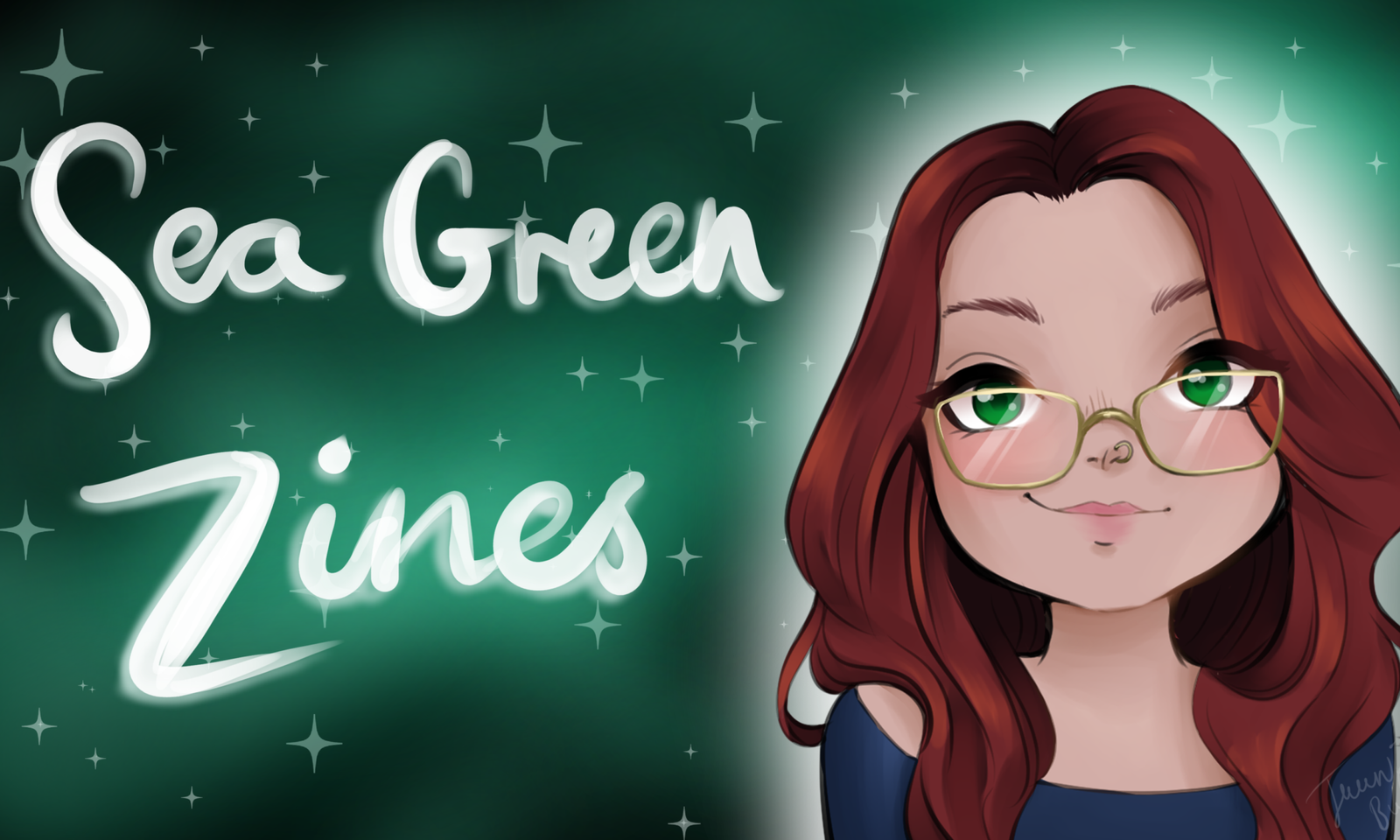
Sober Bob Supplementary
Sober Bob
http://soberbobmonthly.bigcartel.com/
@soberbobmonthly
I must admit that this zine review is partly fuelled by my enjoyment from watching @soberbobmonthly ‘Your Story’ videos on Instagram… That and my immense love for garlic dill pickles.
Sober Bob Supplementary is a single-page, quarter folded zine about the places we live in, restoration, and the backward “logic” of local councils. It’s about work, people, unemployment, and it always being okay to make zines. All on one double-sided page.
(As someone who lives in a place that cares more about historical renovation rules rather than actual historic buildings, those parts resonated a lot with me.)
My favourite part in this is this quote:
…it’s a worthless to a job but not worthless to me…
That really sums up a lot of passion pursuits, doesn’t it? It sums up so much of what’s wrong with society and what’s right with individuals. It reminded me that my art only needs to be important to one person.
I feel like I’m really getting back to basics when it comes to my love for zines, and this zine is a good example of that. It’s one piece of paper folded twice, and I feel like Sober Bob uses that in the best way. There’s the 1/4 front and back covers, a half page, and then the inside, which is the unfolded full page.
You might not be impressed with a single folded piece of paper, but I appreciate the variety in page size as well as direction. For me, it touches the fun creativity of zines in tense times – even within the zine community.
This is another one of those zines that I wish my friends would make. Random or not so random thoughts paired with whatever their art looks like. Whatever makes them happy – because that makes me happy.












